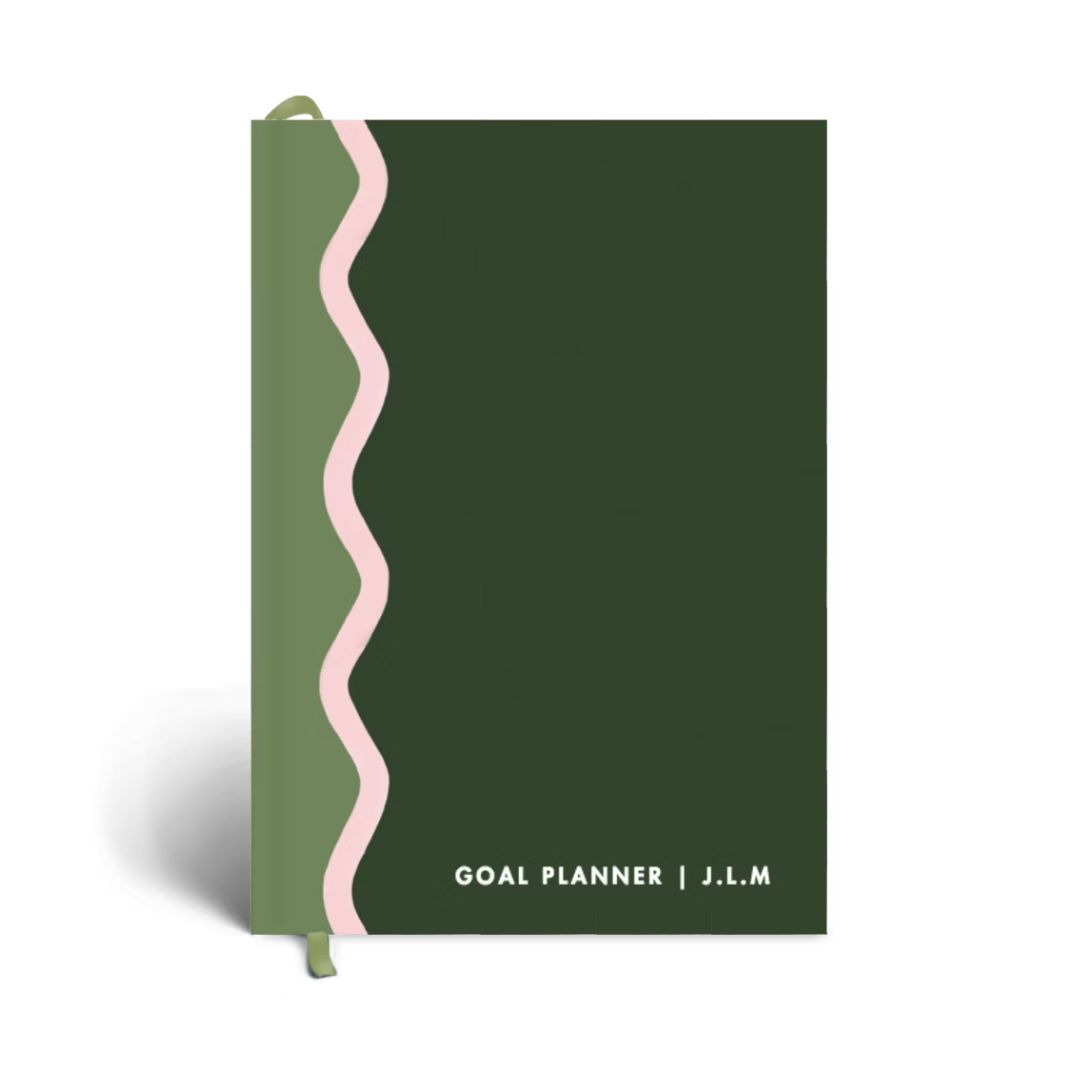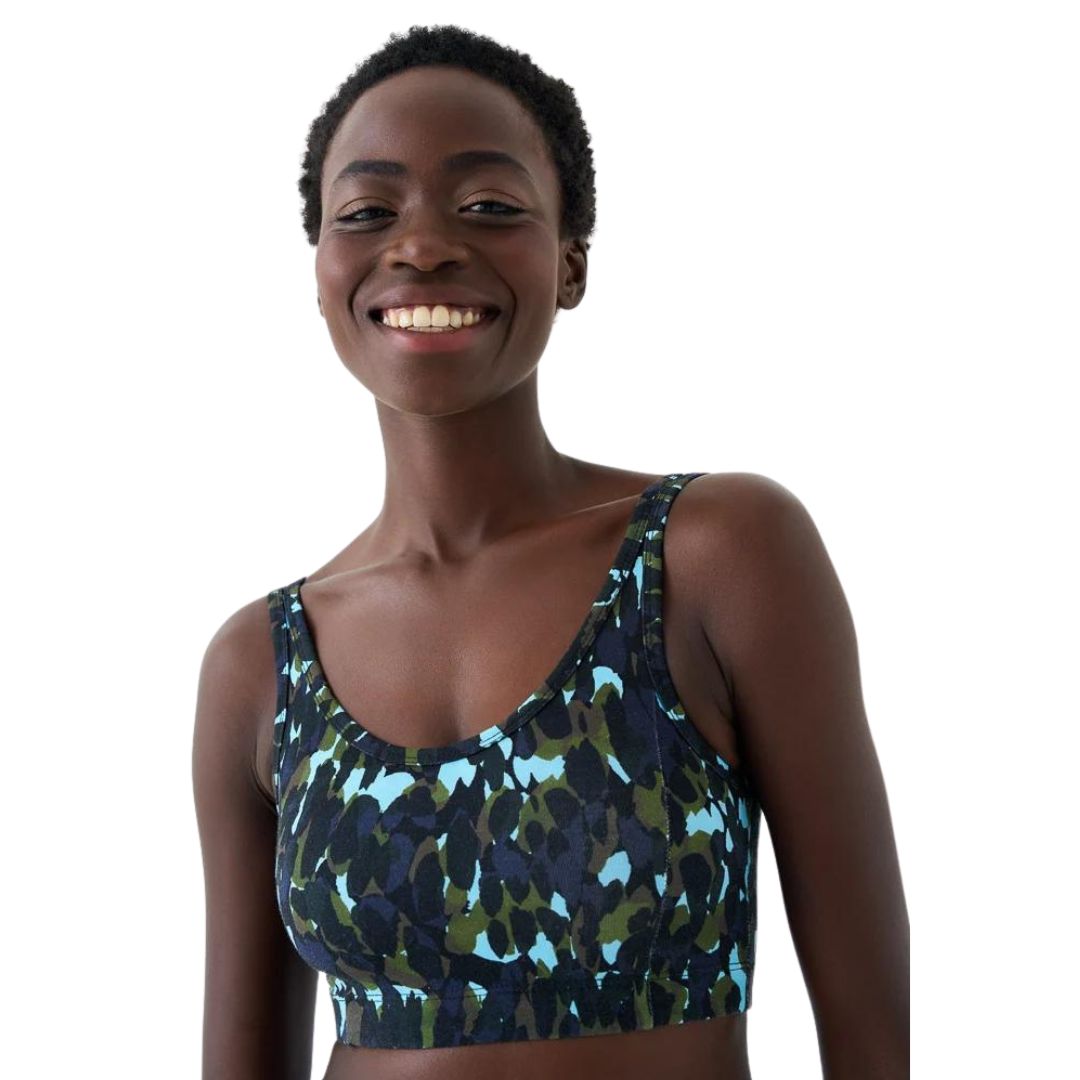Habit stacking promises to be one of the most effective ways to change your life - here's how
Ready for a hack that could revolutionise your year?


Hands up if you’ve decided to try a new habit this year? We all know that January is the peak season for a life overhaul. From revamping a lacklustre career to embarking on a new health and fitness regime, more of us than ever are dedicated to making a change.
But let’s be honest, it can be hard to make those new habits stick, and before we know it, we’ve slipped back into old patterns and routines. According to one study published in the European Journal of Social Psychology, even though it might feel as though there are 30,000 days in January, the 31 (actual) days in the first month of the year are nowhere near enough for our brains to form a new habit. (Research has proven that we actually need at least double this to build new behaviours into our lives).
Before you despair and ditch the gym for the sofa (and if this is you, we totally endorse it) – you might be interested to learn that there’s a simple, science-backed way to help you stay on track: habit stacking.
A favourite of celebrities, experts and influencers alike, habit stacking is fast becoming the go-to tool for building and maintaining sustainable lifestyle choices. From Oprah Winfrey to Kendall Jenner, you don’t have to search far on social media to see that habit stacking is having a moment, with searches for the term spiking – and, unlike some of the more out-there celebrity practices (vaginal cleansing, we’re looking at you), this is one that is free, easy and accessible. What’s not to love?
If you’re keen to give it a go but aren’t sure where to start, consider this your definitive guide. And you might want to check out our guides to the best wellness planners, a how-to on goal setting, and Health Editor Ally Head's go-to morning routine ideas, while you’re here.
Habit stacking promises to boost happiness, productivity and more: your guide
What is habit stacking?
Let’s face it – even the thought of starting a new habit (especially at this time of year, when it’s dark and bleak outside) can be demoralising. Studies show that on average, a British adult lasts only seven weeks before giving up a new habit, despite a whopping 30 million of us setting a traditional New Year’s resolution.
Enter stage right, habit stacking. If all this has left you wondering what on earth it even is, read on and rejoice, because it’s super straightforward.
Celebrity news, beauty, fashion advice, and fascinating features, delivered straight to your inbox!
Essentially, the theory is that when you want to ingrain a new behaviour, you have to "stack" it onto an existing behaviour – ideally a non-negotiable one, such as brushing your teeth. “Habit stacking is when you create a new habit by attaching it to something you already do regularly,” explains workplace mental wellbeing expert and founder of The Mind Tribe, Anji McGrandles. “For example, if you want to drink more water, you might try to drink a glass every time you’re waiting for the kettle to boil.”
When was habit stacking invented?
Although the theory has been well known in psychological circles for decades, the term habit stacking itself was coined in 2014 by SJ Scott, the author of Habit Stacking: 97 Small Life Changes that Take Five Minutes or Less.
More recently, James Clear’s best-selling book Atomic Habits has cemented it as a proven method of changing behaviours, moving it into the cultural mainstream – and it looks like it’s here to stay.
How does habit stacking work?
If just doing a few squats every time you brush your teeth all sounds a bit too simple, here’s the science bit: habit stacking works by utilising existing neural pathways in our brains. Rather than forcing yourself to process and remember a whole new action (for example, taking time out of your day to stretch), we’re essentially hacking into a pattern that already exists within the brain and adding to it.
“With habit stacking, you’re working with your brain rather than against it,” explains McGrandles. “Many of our actions are driven by habits and routines. Your brain basically runs on autopilot to perform certain tasks, such as taking a shower before bed or brushing your teeth and these automatic habits create neural pathways in our brain, which become well-worn patterns.”
What are the benefits of habit stacking?
1. It makes it easier to stick to goals
In a nutshell, habit stacking makes it easier for our brains to build a new habit or achieve a goal. Closely related to the theory of micro habits (smaller, more achievable and sustainable goals), research shows we are far more likely to maintain habit stacking behaviours.
“The more you do something, the stronger and more efficient the neural pathways in our brain become forming a habit,” says McGrandles. “Our brain prefers to default to autopilot as it uses less energy so when we try to introduce new habits the brain resists the change until it becomes familiar, which is why when we try to make lifestyle changes, set goals or resolutions we often fail.”
In other words, every time we complete a task (action) we’re embedding the behaviour in our network of pathways, reducing the amount of heavy lifting our brain has to do each day, making it simpler and faster for us to repeat that same behaviour the next time.
2. It's achievable and sustainable
Wondering why those New Years resolutions are so tough? You’ll probably know that while we are all for big hairy audacious goals, they’re not the easiest to implement. Unless you have iron-clad self-control and determination, even the most committed of us will slip up along the way.
“Habit stacking is such a good way to create more sustainable habits because you’re not falling into the trap of making huge, often unsustainable changes all at once,” says Bex Spiller, award-winning anti-burnout expert and founder of mental health platform The Anti-Burnout Club. “With habit stacking, you’re literally stacking new, smaller and more achievable habits on top of things you already do, kind of tricking your brain into committing to the habit quicker and easier than having nothing to stack or attach it to.”
So, if your goal is to remember to take your supplements daily, try leaving them next to the tea bags so each time you make a cuppa, you’re prompted to pop your vitamin D. Over time, these behaviours will become as much second nature as the original habit that you stacked onto. And voila – a new habit is formed.
How can I get started with habit stacking?
This being said, it is important to spend some time considering what you want to achieve – habit stacking might sound like a quick fix, but you’re still going to need determination, drive and commitment to help new behaviours, however small, stick.
Career and leadership coach Emily Button-Lynham recommends the following steps to success.
1. Identify existing habits
"Firstly, you need to identify existing habits," she recommends. "List out your current habits and behaviours, to see what you might be able to stack a new habit on to.
2. Work out what habits you'd like to establish
"Next, define the new habits you want to establish - make sure you're keeping it simple. As humans, we tend to overcomplicate things but the key to creating long-lasting, sustainable and consistent habits is to really simplify them, start small and practise regularly."
3. Work out which existing habits you'll stack them with
Then, work out how you can pair the new ones with the existing ones. "You might want to set timers to help you remember, or make things obvious so you have clear prompts and don't forget," Button-Lynham says. "Make sure you track your progress using a habit tracking tool there are loads of simple templates or notebooks available, or you can easily create your own."
And if you really don't enjoy the new habit? Try tacking it on to another more enjoyable activity. "Add a habit you don’t want to do to another more palatable one," suggests nutritional therapist Alex Allan. "Known as the "pairing method," pair a pleasant task with one that you’d like to acquire but find trickier - for example, listening to audiobooks that you love while taking a lunchtime walk, or running on a treadmill while watching a favourite show."
Does habit stacking really work?
Still not convinced? 35-year-old founder of virtual assistant agency Upsource, Caroline Marshall, maintains that habit stacking has changed her life.
“I was struggling with undiagnosed PTSD and poor mental health after having my children,” she tells Marie Claire UK. “I was struggling with severe PTSD after my son nearly died at birth, but when I started to make small, daily changes that I introduced slowly, they all helped me to get better.
“As well as mediating daily, I habit stacked daily habits to help me cope – I took cold showers when I washed, had supplements with my morning coffee and started keeping a gratitude journal next to my normal makeup routine. Over time, these small changes have changed my life, helped me grow my business and repair my mental health and resilience.”
If it’s good enough for Oprah, it’s got to be worth a try, right?
Shop MC UK's go-to health products now:
What is an example of healthy habit stacking?
The simplest way to understand habit stacking is to think of it as adding a habit you'd like to make a part of your routine to a habit you already do. For example, if you can't seem to stay consistent with taking supplements, place them next to your kettle and take them while you're making your morning coffee. Similarly, if you always forget to stretch, make a vow to do your stretches while watching TV in the evening.
Supplement-taking and stretching (the new habits) paired with coffee-making and watching TV (the old habit) makes it easier for you to stick to the habit.,

Anna Bartter is a freelance journalist who writes about health, fitness and women's lifestyle for publications including Stylist, Metro and Psychologies, among others.
She's always on a quest to find a variety of fun and functional workouts that give you the most bang for your workout buck and she's passionate about championing movement for everyone's mental and physical wellbeing.


